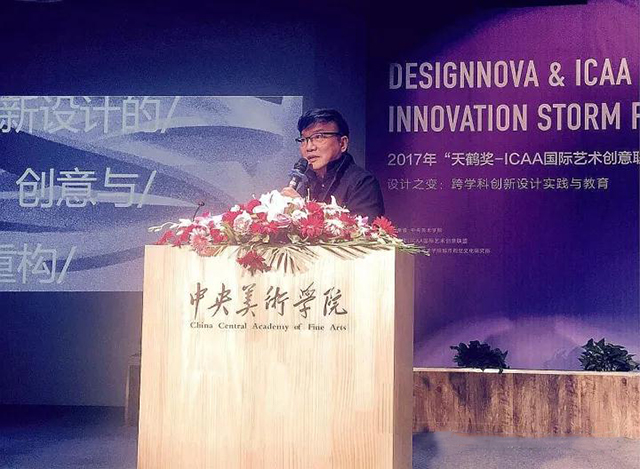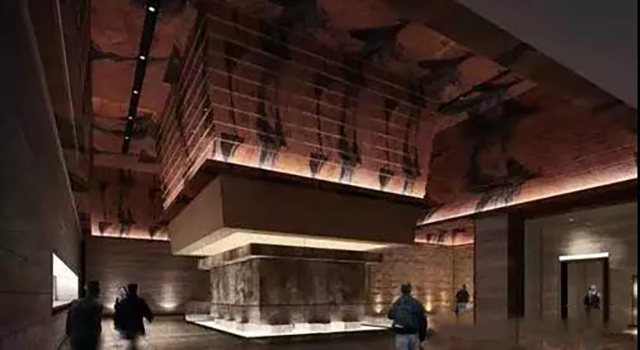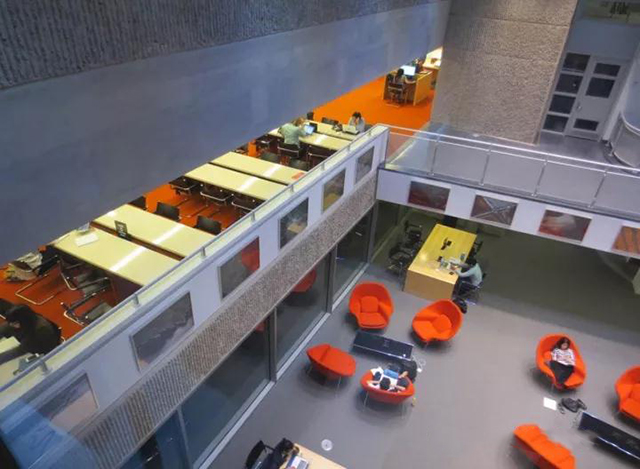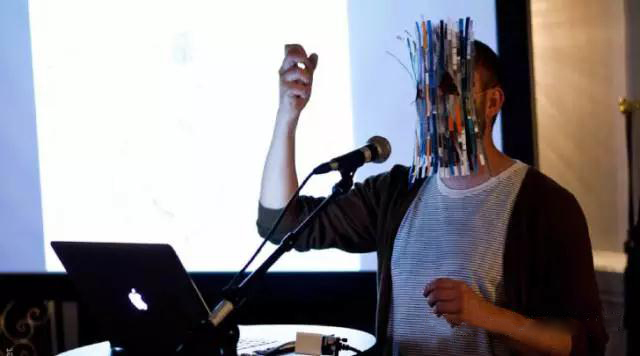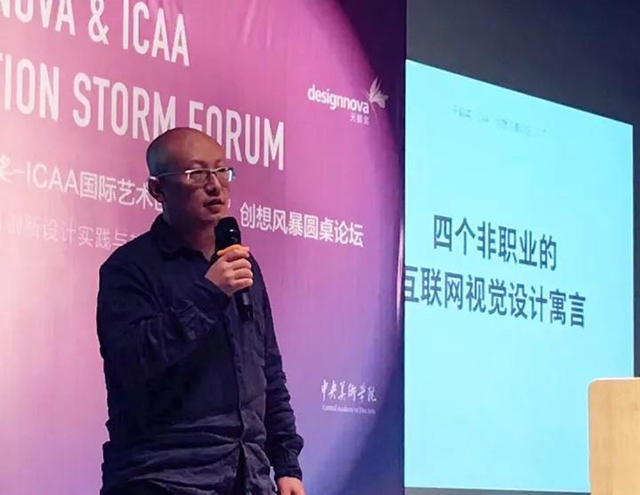With the theme on “Change of Design: Practice and Education of Cross-disciplinary Innovation Design”, the creative new wave round table forum of “ICAA -- DESIGNNOVA” came to the end at CAFA Yanjiao Campus. Art masters at home and abroad came to the forum and did a great art and design show for all the audiences.
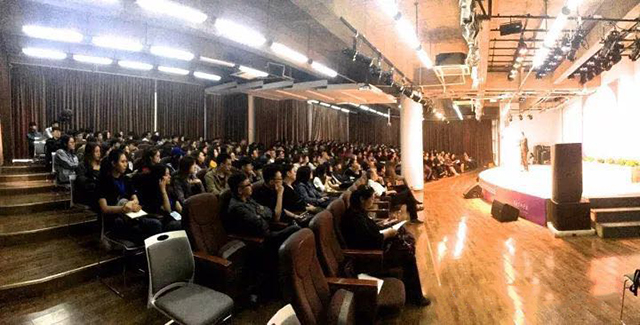
In the morning, by combining with their own artworks, Professor Wang Zhong, Professor Luca Fois, Mr. Qu Guangci, Professor Han Jiaying, Professor Huang Jiancheng and Professor Ma Juncheng, shared their art ideas and experience from different aspects (including urban space, public art, exhibition space, visual art and brand strategy etc; in the afternoon, Wu Zhuohao, Yan Feng and Liu Degeng, together with Martijn van Boven, Anja Groten, Mames Bryan Graves (from Holland) had a discussion about some hot topics (artificial intelligence and interactive design etc), trying to find out the way of innovation and the value idea which shall be held by the designers. The lectures made by each guest represent the newest ideas of their field, which are worth thinking about.
“Art leads urban innovation”
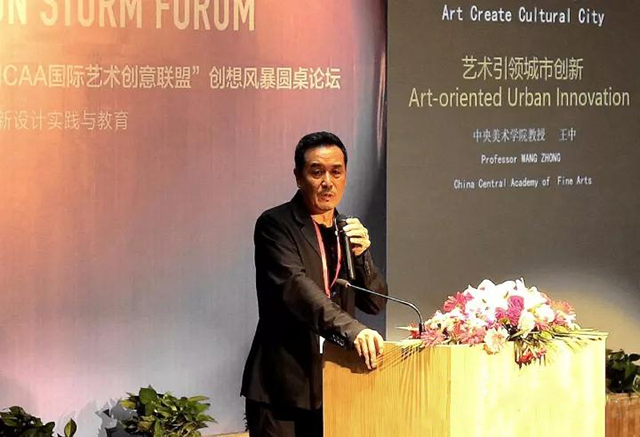
Wang Zhong
Dean of CAFA Urban Design School
Professor Wang Zhong pointed out that in 21st century, there are two events greatly influencing the development and progress of human society -- new technical revolution and China’s urbanization. Being as one of the greatest economic entities, Chinese market will get more attraction from the world by speeding up the urbanization. But now, China has suffered several problems at the time of urban transformation, like repetitive construction and non-planning. As a result, the cities always look the same and they are not attractive enough. We know that the soul of a city will determine the temperament of the city, and normally, the city is evaluated by its beauty and cultural atmosphere. The evaluation standards shall be changed along with the urban transformation and cultural development occurred in the city.
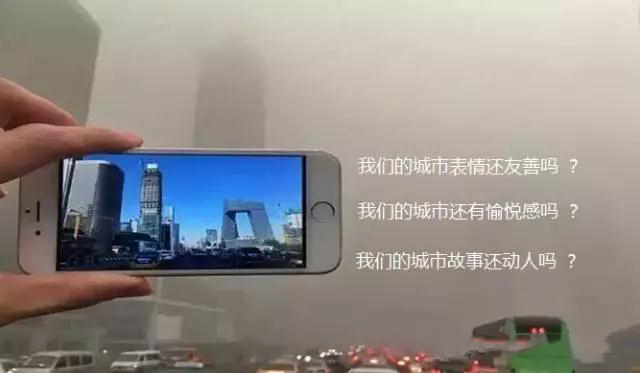
In the world, a city’s development always experience two steps -- functional city and humanistic culture. That is the city development shall not only pay attention to humanity and life, but more attention to function and form. Art is the spiritual role a city, which is considered to be an important part of “soft city”. Professor Wang Zhong emphasized that public art is a significant part of cultural construction of a modern city, which is also the most intuitive and most outstanding carrier of city culture. It is known that urban public art can cultivate the ability of cultural innovation in local, which will also help to create an atmosphere for self-development. That is public art can help to create the urban cultural atmosphere, develop the urban cultural character and improve the urban reputation; what’s more, public art can cultivate the city’s ability of art beauty-appreciation and innovation spirit. Professor Wang thought that artists will play a valuable role in social development. So he encouraged that all students should make good use of there time at school and try their best to study hard and make innovations, setting up a solid foundation for their future development.
“From product design to system design”
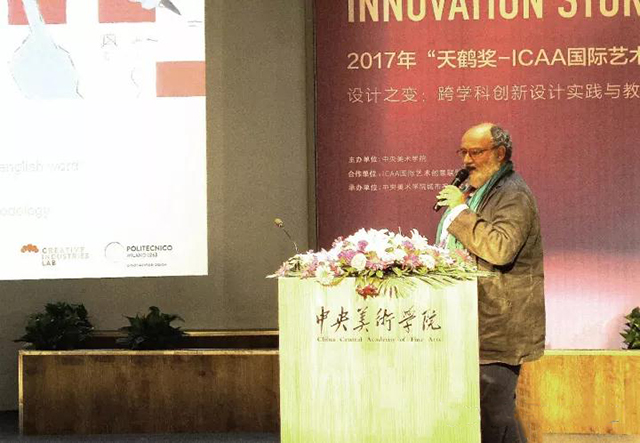
Luca Fois
An international council member of ICAA and professor of Milan Polytechnic
Luca advocated that design culture shall be people-oriented and a good product shall be supported by a wonderful design ideology and a high-efficient design management. Nowadays, social demands are getting higher and higher, requiring that designers shall get their unique art ideas and methods changed into innovative ideas. So now, the design is to remake traditional processes by new techniques and new materials. For a project, design shall not show the culture but also pay attention to the design methods. Luca put forward that design shall strictly follow the logic “product design -- service design -- system design”. And he emphasized the importance of innovation. He said that human shall harmoniously develop with the society and natural environment, trying to achieve a sustainable development. In his lecture, Luca re-called on that design shall be for kids and kids is the future of adult. We shall design more lovely tools for kids, providing a childhood which is full of fun and opportunities for equal development. He also took Bull by Picasso as an example, telling people how to establish the product brand. When explanation, he quoted “less is more” to clarify that brand shall have a simple but outstanding ID. His lecture was ended by the narration on how to balance the relationship between clients and designers, by which he gave out some constructive suggestions for the students who are going to work.
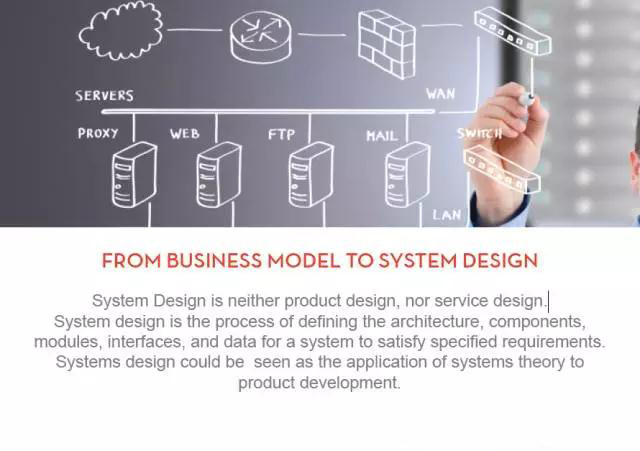 “X+Q”
“X+Q”
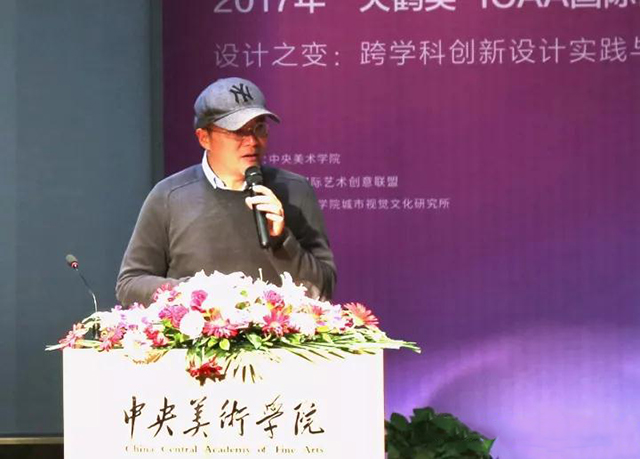 Qu Guangci
An international council member of ICAA and a well-known contemporary sculptors
Qu Guangci
An international council member of ICAA and a well-known contemporary sculptors
As long as Mr. Qu came to the platform, he showed the audiences “X+Q” emojis used by Wechat, by which he wanted audiences know that the rapid development of technology is changing our life. For a long time, “X+Q” has been thinking about the problem “how to get the communication between people relaxing and how to get people more friendly to each other”. Then he shared the story of “X+Q”, as well as the successful experience and new artworks. At last, he pointed out that now there are too many artists focusing on fashion but ignoring humanity.
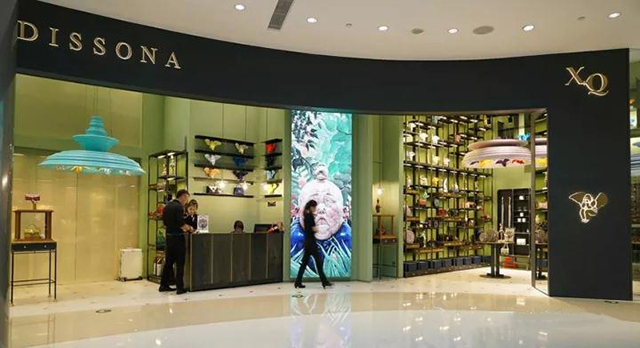 Art design shall reflect feelings and thoughts and artworks shall be an emotional carrier of artist. When we give somebody an artwork as a gift, the one who receives the gift can feel our feelings. The establishment of artwork brand and successful operation of commercial mode shall be supported by clear logic and abundant contents. Each artwork shall have souls and stories so that it can be cared about by more people. “X+Q” has a positioning that get people closer and each one can afford the emojis. Being as a schoolmate of CAFA, Mr. Qu told us that CAFA is just a starting point for you but not the end point. In the future, what you need to do is to learn more and enrich yourself. You are sincerely welcomed to have a experience at DISSONA, where you can get close to “X+Q” and know more about “X+Q”.
Visualized reconstruction of cultural symbols
Art design shall reflect feelings and thoughts and artworks shall be an emotional carrier of artist. When we give somebody an artwork as a gift, the one who receives the gift can feel our feelings. The establishment of artwork brand and successful operation of commercial mode shall be supported by clear logic and abundant contents. Each artwork shall have souls and stories so that it can be cared about by more people. “X+Q” has a positioning that get people closer and each one can afford the emojis. Being as a schoolmate of CAFA, Mr. Qu told us that CAFA is just a starting point for you but not the end point. In the future, what you need to do is to learn more and enrich yourself. You are sincerely welcomed to have a experience at DISSONA, where you can get close to “X+Q” and know more about “X+Q”.
Visualized reconstruction of cultural symbols
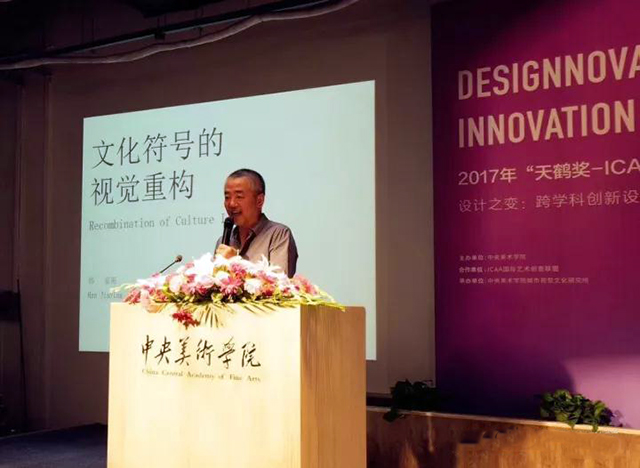 Han Jiaying
The vice chairman of ICAA Academic Committee and the AGI member
The special exhibition “The Vast Land”, an exhibition whose ticket is hard to buy, is being exhibited. The visual design and cultural derivatives of the exhibition were fulfilled under the guidance of Mr. Han. The key work was how to well handle the relationship between Chinese traditional culture and contemporary culture, how to show the Chinese classical culture in Palace Museum in a contemporary way.
Han Jiaying
The vice chairman of ICAA Academic Committee and the AGI member
The special exhibition “The Vast Land”, an exhibition whose ticket is hard to buy, is being exhibited. The visual design and cultural derivatives of the exhibition were fulfilled under the guidance of Mr. Han. The key work was how to well handle the relationship between Chinese traditional culture and contemporary culture, how to show the Chinese classical culture in Palace Museum in a contemporary way.
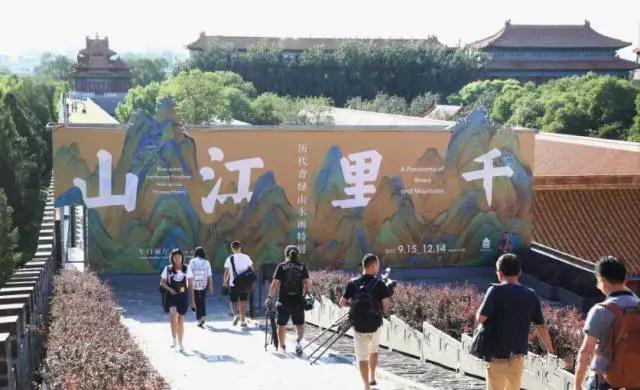
Apart from the visual design and derivatives, there are many other artworks created by Mr. Han being displayed in the Palace Museum. For example, the Palace Museum Cultural Innovation Hall -- Forbidden Academy, is a typical artwork which delivers the contemporary aesthetic education to Chinese audiences. Ice House, a boutique restaurant, which is the only place in Palace Museum, where people can drink coffee.
Besides, Mr. Han showed the audiences his classical artworks, including: binding of Collective of Four Great Artists in Ming Dynasty, a center of Chinese culture in Paris; collective designed for Mr. Zeng Fanzhi’s Walk, shopping window of Hermes, Logo of Vanke, Milan Vanke Hall, Genesis Beijing (to be opened in Beijing soon), Logo of CMBC, visual system of Shenzhen Lanting Jingdu Restaurant, visual system of Shenzhen Library, K11 visual VI system, visual system of Ohotel Hotel, visual image for 1st HK-SZ Design Biennale, Admire for Earth Poster Exhibition 2015 at Champs Elysees and AGI Park Theme Poster Exhibition, as well as the visual design and cultural derivatives for Hunan Museum, which were jointly made with Professor Huang Jiancheng.
Creation and Restructure of Innovative Design.
Huang Jiancheng
Deputy dean of CAFA Urban Design School, chairman of ICAA Executive Committee
Professor Huang Jiancheng was the chief design director of China Pavilion in Expo 2005 Aichi Japan and China Pavilion in 2010 Shanghai Expo. He is also an excellent artist who has held several exhibitions in Germany and America. First of all, Professor Huang showed the audiences the innovations made in “Fantastic Art China” in terms of its visual system design, a marvellous event in New York for pushing forward the exchange between China and America, as well as the lighting device design for Empire State Building, the New Year’s fame design, public art design and cultural innovation fair. He sincerely hoped that more people in the world can know about Chinese art and artists in China.
Hunan Museum is another artwork made by Professor Huang and his team, which is the first project in China integrating architecture, space, interior display and visual system. Actually, this is a project cooperated with Isozaki, an international architectural master.
Professor Huang also introduced the concept design of China Pavilion in Milan Expo. China Pavilion was selected as the Top 3 expo proposals at the time of mass-election, which can be learned by the proposals which were finally selected by the expo. Professor Huang introduced a public art project -- Xiangjun Cultural Garden. His lecture paid attention to telling the audiences that art needs imagination and the imagination can be realized by many different methods.
Practices and thoughts of innovations in design teaching
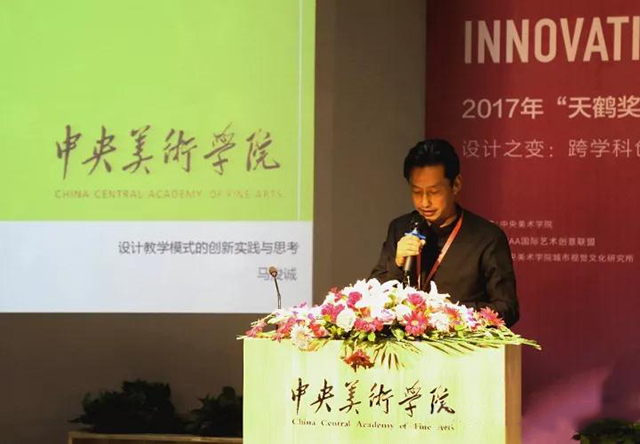
Ma Juncheng
Deputy dean of CAFA Urban Design School
On the basis of the problem that many Chinese students are quite excellent at the beginning, while some time later, they will become normal or even have nothing to make himself or herself different from others, Professor Ma Juncheng came up with the question “how to keep Chinese students’ creativity and how to get them play a leading role within 5-10 years? Then he analyzed the special features of some well-known art colleges (including School of Art Institute of Chicago -- cross-disciplinary and full of artistic heritages; School of Visual Arts -- a strong ability of expression, elite education in Yale University, University of Rhode Island -- students’ operational ability,California College of the Arts -- future experiments are fully available) in America, which helped to broaden students’ horizon.
Designer = 30% scientist + 30% artist + 10% poet + 10% merchant +10% entrepreneur +10% salesman
Today, we are experiencing a time of rapid development, each designer is facing great challenges; if they can not keep sensitive and keep the pace with the world, they will lose the opportunity to get into the next competition. Successful design needs to go through “find problems, solve problems and figure out the best solution”.
Interactive design in Holland
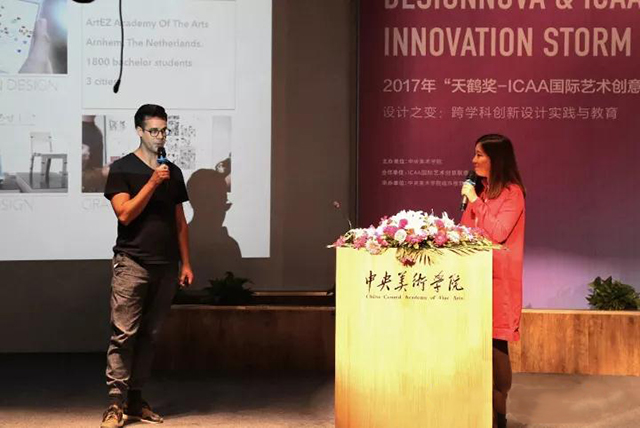
Martijn van Boven
Director of Interactive Department in ArtEZ Institute of the Arts
This is Martijn’s first time to come to China. On the Forum, he introduced the major “interactive design” by an animation. Then he introduced the teaching methods used in art colleges in Holland, which are quite diversified, open and relaxing; he said that in Holland, academic work is normally done by group because students are encouraged to free their imagination and make innovations; once there is a problem, the teacher will help to solve it. Students are encouraged to do researches and break down their own ideas which have formed before; then restructure the research and find out new problems and solutions.
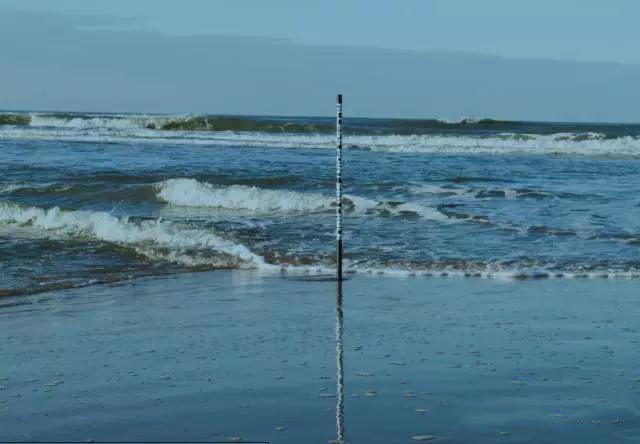 The most important thing for art colleges in Holland is that the teacher will lead the students to do the experiment that they want. For example, do sports at the countryside, try to connect the computer with the beach at a coast in Holland or an entrance of Atlantic; do yoga by VR equipment; try to cooperate with graphic designers and each point shall be a character; combine information design with naturology and biology, get the pills connect with phones.
The most important thing for art colleges in Holland is that the teacher will lead the students to do the experiment that they want. For example, do sports at the countryside, try to connect the computer with the beach at a coast in Holland or an entrance of Atlantic; do yoga by VR equipment; try to cooperate with graphic designers and each point shall be a character; combine information design with naturology and biology, get the pills connect with phones.
Martijn also introduced the exhibitions held at Holland Design Week, as well as the projects made by students for Phillips and film festivals; he tried to introduce the history of interactive design. His lecture was ended by the achievements made by students in that design week.
Hackers & Designers
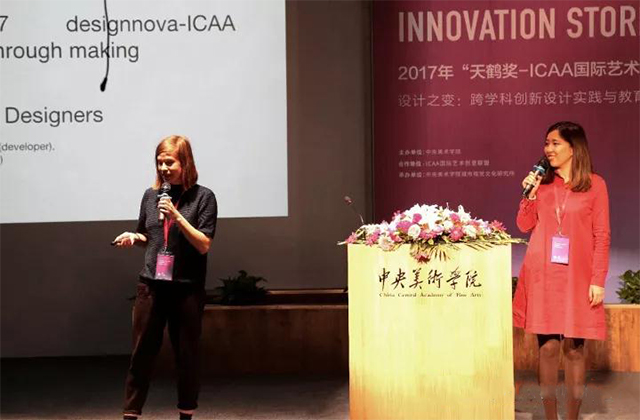
Anja Groten&James Bryan Graves
Professor of Gerrit Rietveld Academie
Anja shared the development modes and successful experience in three aspects -- Education, self-initiation and design practice.
A、Education. Every week, only one day and a half will be used for teaching while other time is used for innovation. Academic work doesn’t a work of assigning homework; instead, it is a kind of work providing suggestions to solve their problems.
B、Self-initiation. “Hackers & Designers” was originated from the dialogue between designers and programmers, as well as their intention to challenge the cross-disciplinary cooperation. Its mission is about innovation, education and cooperation. It pays great attention to operation ability but not just talking about the ideas orally. All the technologies owned by“Hackers & Designers” can be got by the public for free.
C、
Design practice. If you talk to a microphone, the audios will be turned into photos and words automatically by a certain program. The program can find out the photos that you want according to your orders, then print out the photos in grids. Therefore, soon, people will easy to edit and make their own magazines.
Creativity @ Time of AI
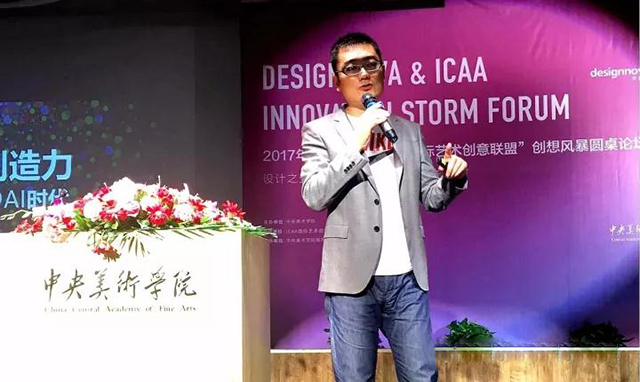
Wu Zhuhao
A member of Information&Interaction Design Committee
Do you believe that we are going to make an important choice for our life?!
After neural network is brought in from Google, machines start to learn by themselves. So in the future, machine will take the place of human at a file only a certain of knowledge is needed.
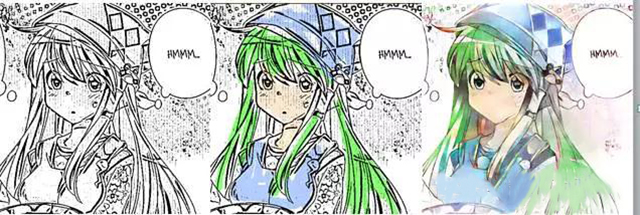
Mr. Wu Zhuohao presented the lyrics written by machines, which were as beautiful as the lyrics written by humans; cartoons can be colored under the help of AI, whose coloring is more beautiful and high-efficient than the color made humans. O n Iphone 8 Release Press, the animation showed us that the cartoon that one like can be made via personal performance. Technology is experiencing such a great progress so in the future, the greatest value of human is to help machine to learn the unknown.
At time of AI, what’s the difference of creativity? What’s the defect of machine? How to show man’s value?
For these three questions, Mr. Wu Zhuohao made a presentation from five aspects -- knowledge, curiosity, thinking, operation and value.
A、Knowledge. Machines only support a single field, which are not able to deal with the cross-disciplinary matters. Therefore, humans shall practice the ability of thinking about a problem in a cross-disciplinary way, try to have a divergent thinking and structural thinking; get ourselves become a general of all the machines.
B、Strong sense of curiosity. Get the important quality -- find problems.
C、Thinking. Emotional thinking and a thinking on common sense are the ability specially owned by humans. Students shall pay attention to the theoretical systems existed in traditional design; or even the thinking mode held by business schools -- hold a macro attitude to the society, market and industry, by which figure out the opportunities.
D、Operation. It is emphasized that engineering shall be learned under the help of internet; how to get the design implemented; play an active role in taking part in all relevant activities; know about the rules of code running.
E、Value determines the development direction of a man or the whole society; our value will be extremely amplified when the value is being applied.
Emotions and synaesthesia reflected by technological thinking
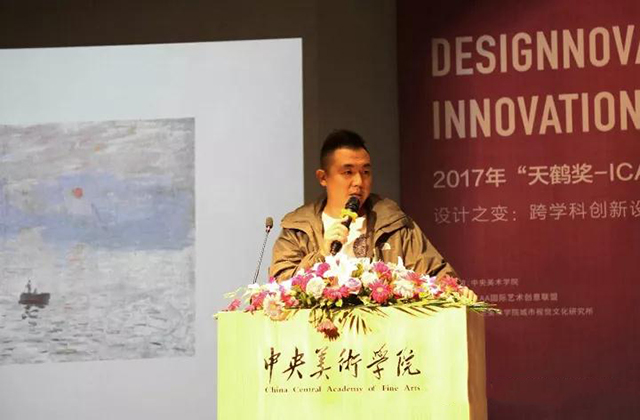
Yan Feng
Associate professor of Chinese National Academy of Arts
Mr. Yan accurately presented the relationship between art and technology by theories and cases. First, took Monnai’s Impression as the example, he said that once there was a technological reform, art development would be greatly pushed forward. At the time of information technology, calculation is not something only linking with computers, which will become more meaningful by combining with technology and art. By showing other interactive artworks (Ai Weiwei To the Moon, Electronic Graffiti by French, Mist Sensor etc), he pointed out that technology is not thing for us to make show-off, which must be combined with contents.
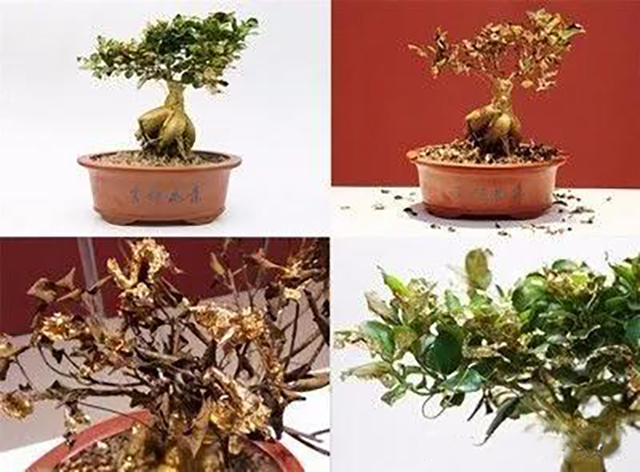
In his lecture, Mr. Yan showed the audiences his own artwork -- Descendants of Royal Families, by which telling us that over development would harm the nature. Also, he showed other artworks, including Self-Question-Answer, Qian Jin San, Moonlight and Mountains & Waters etc.
For Mr. Yan, he thought that at a time when technology plays such a powerful role, if technology is over presented, its form will be more meaningful than its content. It means that the cognition of technology will not be as expected. Only contents are presented first, which is well matched with technology, can an artwork be more attractive and impressive.
Fables about non-occupational internet visual design
Li Degeng
Associate professor and curator of Academy of Art & Design, Tsinghua University
Fable 1: amateur logo for a top company
((internet space / What’s the visual value of economic boom? )
Fable 2: poster for Taobao
(A P2P visual exchange for the whole public?)
Fable 3: Perform-in-the-street in the internet world
(For the joint design relationship existed in the internet photos, how shall designers make use of themselves?)
Fable 4: download immediately
(information visual ethics existed in internet free economy)
Unlike other professors, Mr. Li disclosed the ugliness and tracks existed in our daily life, by which he presented the design demands of the underclass? His lecture enlightened that: How shall designers make use of themselves? What should designers do?





 Qu Guangci
Qu Guangci


